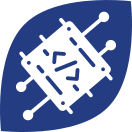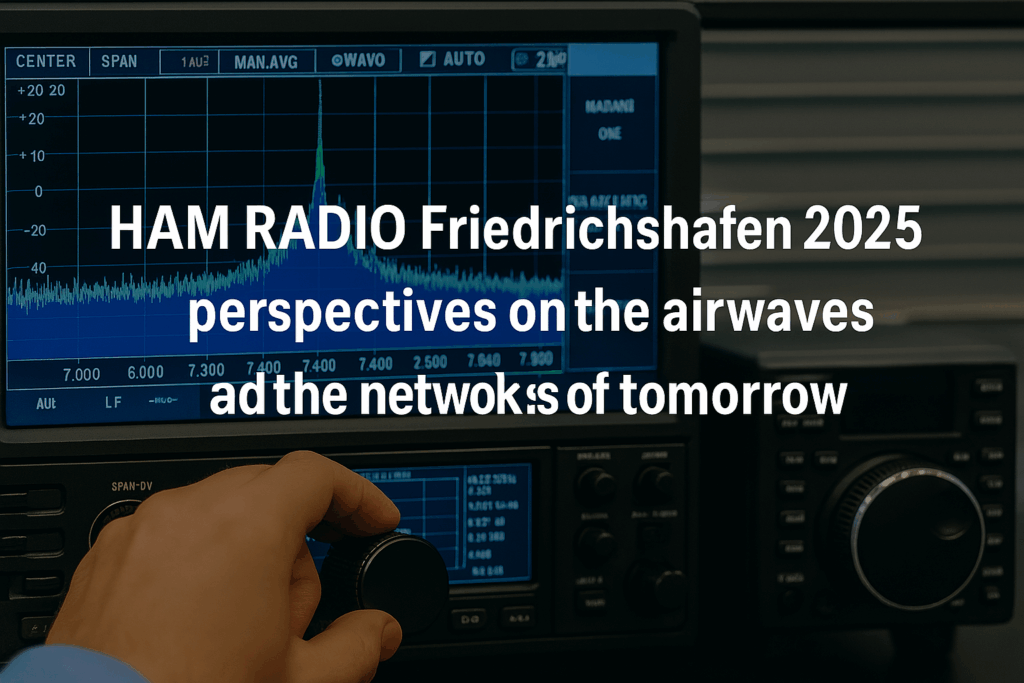Returning to Friedrichshafen is like coming back to familiar territory — but one that is constantly reinventing itself. Once again this year, the HAM RADIO trade fair offered me much more than just an immersion in the world of amateur radio: it provided a snapshot of the technological and human aspects of communications in the age of distributed networks and embedded intelligence.
As soon as you enter the exhibition area, one thing becomes clear: amateur radio remains a formidable laboratory for innovation. The demonstrations lived up to expectations, particularly that of an SDR station combining real-time processing, artificial intelligence and correlated analysis via massive databases. This type of approach, which I would once have described as experimental, is now becoming fully operational — and resonates directly with the requirements of IoT environments: reliability, continuity and adaptability, particularly in contexts where spectral quality is crucial.
Some long-standing brands were absent this year — is this a sign of a strategic withdrawal from physical trade shows or simply a pause due to internal reorganisations? The question remains open. What stands out most to me is that this absence has left room for more agile players with fresh ideas — a dynamic that seems to be shifting towards greater modularity, software integration and operational flexibility.
In terms of conferences, the richness of the content was undeniable. Around a hundred sessions addressed key topics: digital modes such as FT8, BrandMeister networks, experimental protocols such as TetraPack, and even remote-controlled stations via 5G. Some of the presentations touched exactly on the issues I encounter in my projects: resilient connectivity, adaptation to constrained environments, and radio-IP hybridisation. However, I regret that English remains marginal among the presentations — a barrier to the circulation of ideas in a discipline that is transnational by nature.
What will I take away from this edition? That the world of radio waves continues to evolve profoundly, driven by both a committed community and very current technological challenges. And it is precisely in this gap that I see my role: connecting expertise from the field to concrete business applications — whether it’s measuring an RSSI in a technical basement or making an IoT network self-adaptive to spectrum hazards.

